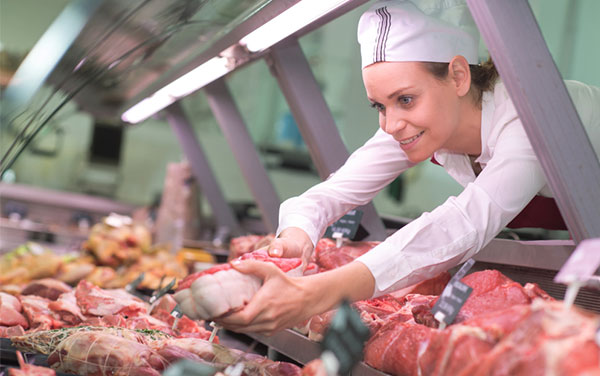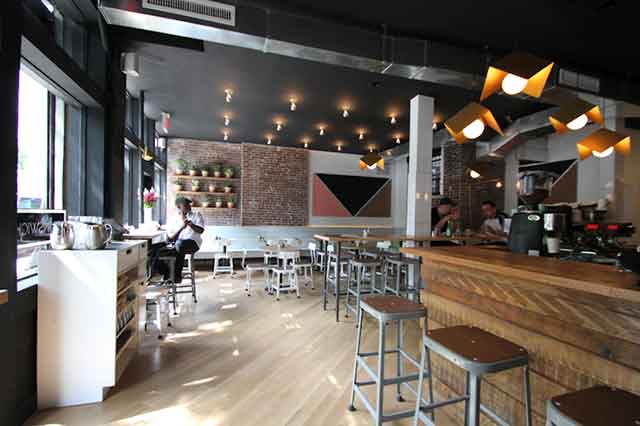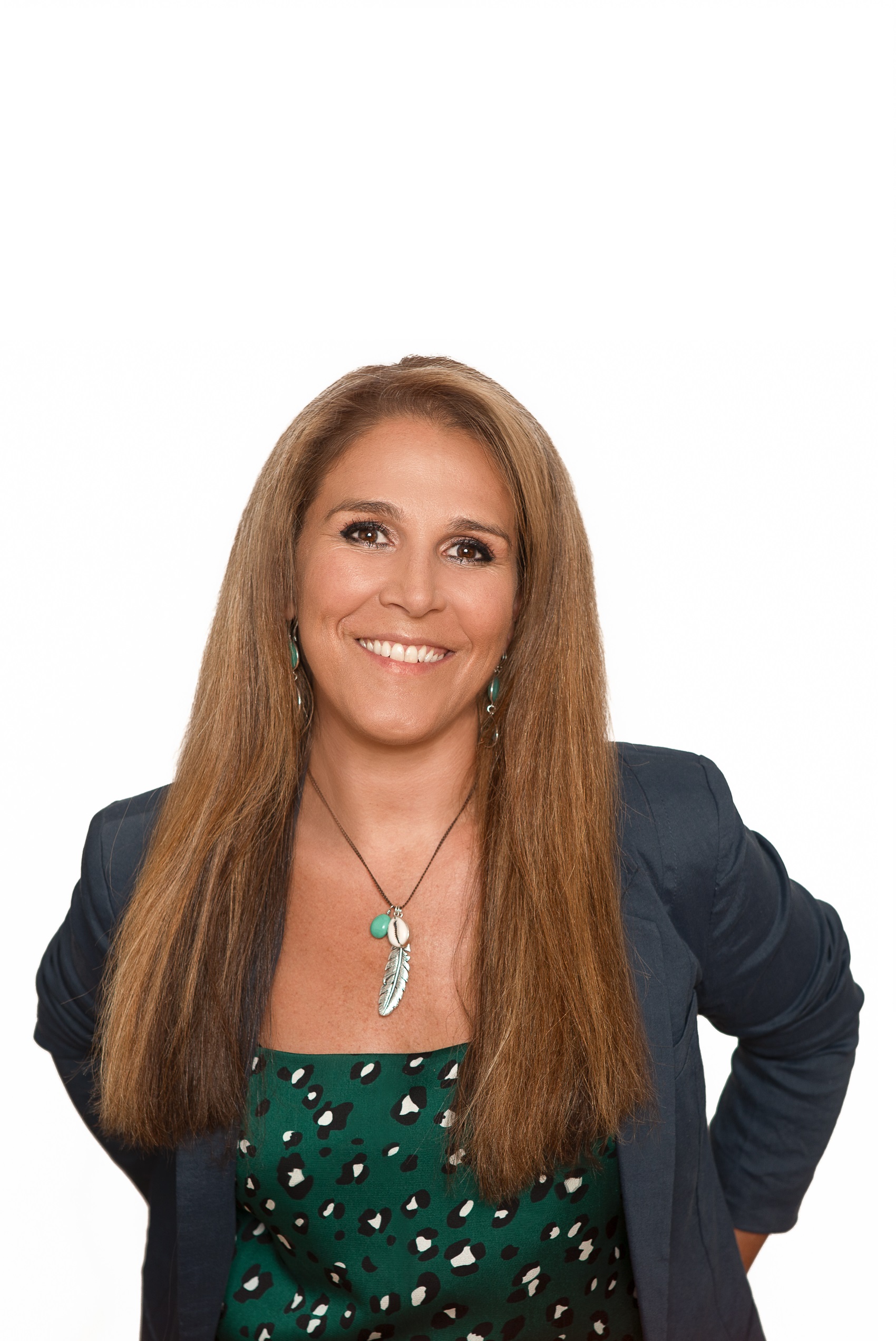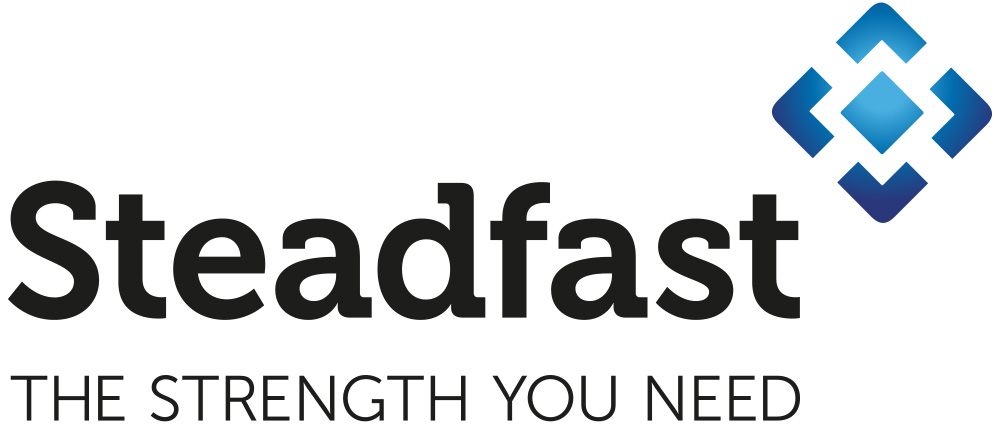QUOTE REQUEST
News
Cyber Attack – Don’t expose your business
For many buyers of business insurance, cyber insurance is a new class of insurance that has been bro

Expanded polystyrene and the Rising insurance premiums
If you have a business involved in the food industry such as a manufacturer, wholesaler, butcher orUnderinsurance and the effect on your business
The majority of commercial insurance policies in the Australian market contain an underinsurance cla





